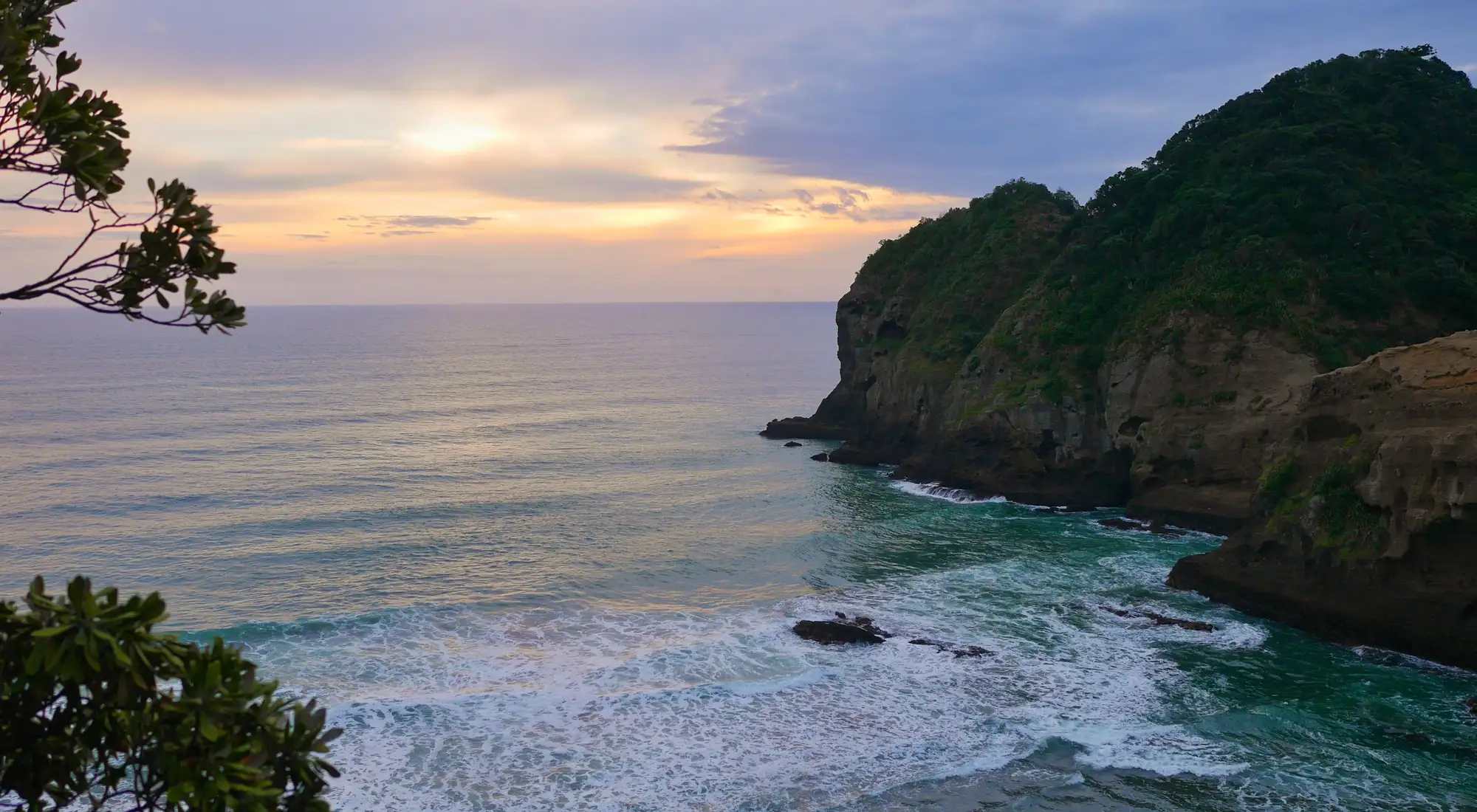Regional Sector welcomes Environment Aotearoa 2022 Report



14 April 2022
Te Uru Kahika acknowledges today’s Environment Aotearoa 2022 Report as a key milestone from the Government on the state of our natural environment.
Environment Canterbury Chief Executive Dr Stefanie Rixecker says that the regional sector recognises that the mana of Aotearoa New Zealand’s environment is vital - our cultural, social, and economic wellbeing intrinsically depends on it.
“We acknowledge that some aspects of our environment are in good condition, but there are other environmental issues that need to be addressed, improved and restored,” says Dr Rixecker.
“We welcome the Environment Aotearoa 2022 (EA2022) Report’s inclusion of a Te Ao Māori narrative. Our regional sector works in partnership with Māori and we acknowledge our combined knowledge, wisdom, experience and vision including the importance of tikanga and worldviews of Te Ao Māori.
“The state of the environment and its pressures that impact on our social, cultural, and economic wellbeing have also been well reflected.
“The report’s findings are not new to us. Regional and unitary councils manage the largest collection of environmental data in the country, and we work closely with our iwi partners, central government, industry, and communities to deliver on the ground actions that are needed to address key environmental issues discussed in the report.
“The regional sector operates both at a regulatory level through our regional plans and delivering the Resource Management Act, as well as at a non-regulatory level where we provide initiatives and incentives to progress positive environmental outcomes at a local level.
“We recognise that knowledge comes from multiple sources and we require robust science and data to inform policy and decision making,” says Dr Rixecker.
Te Uru Kahika recently appointed Dr Chris Daughney as their Chief Science Advisor. Dr Daughney says the regional sector is charged with the integrated management of land, air, and water resources, supporting biodiversity and biosecurity, providing for regional transport services, and building more resilient communities in the face of climate change and natural hazards.
“Environmental science and local knowledge underpins all that we do,” says Dr Daughney.
“The sector collectively employs hundreds of scientists and technicians who are delivering detailed local-scale knowledge on a range of environmental and ecosystem processes. We also work closely with other science organisations to add insights to the investigations that we conduct.
“Te Uru Kahika has contributed its high-quality environmental datasets that represent many years of monitoring so that EA2022 can report on the current state and long-term trends in biodiversity, soil health, air quality, the quality and quantity of rivers, lake waters, groundwaters and coastal water across the country.
“Regional and unitary councils also make their environmental data freely available through the Land, Air, Water Aotearoa (LAWA) website and their individual council websites so that communities can better understand the state of their environment at a local level and how it is tracking over time,” says Dr Daughney.
Chair of Local Government New Zealand's Regional Sector Group and Bay of Plenty Regional Council Chair Doug Leeder says many of the issues noted in EA2022 are complex and it will take time, in some cases decades, to see significant improvements in environmental outcomes resulting from the work going on now.
“Our collective councils have extensive knowledge of the catchments that they work in and how each differs depending on contributing environs, as well as a strong connection to Te Ao Māori and the communities that are affected by decision making.
“Alongside our own state of the environment reporting, EA2022 reinforces that our efforts are being placed in the right areas.”